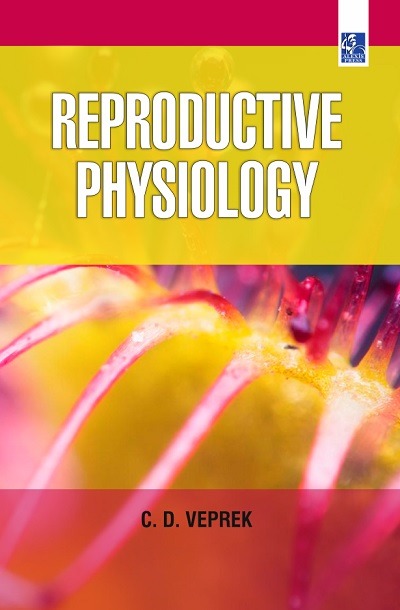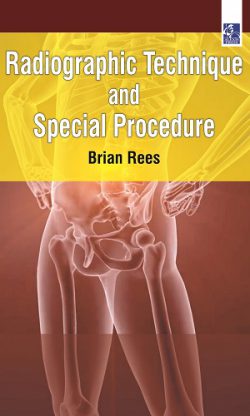Effective public health programs, research, and policy relating to human sexuality, pregnancy, contraception, and the transmission of sexually transmitted infections (including HIV) depends upon knowledge of the structure (anatomy) and function (physiology) of the male and female reproductive systems. Sex differentiation is a complex process that involves many genes, including autosomal ones. The key to sexual dimorphism is the Y chromosome. It contains the testis-determining gene, the SRY (sex-determining region on Y) gene on its short arm (Yp11). The amount and rate of secretion of these hormones vary widely at different ages and at different times during the menstrual cycle in women. Sexual differentiation is the process of development of the differences between males and females from an undifferentiated zygote. As male and female individuals develop from zygotes into fetuses, into infants, children, adolescents, and eventually into adults, sex and gender differences at many levels develop: genes, chromosomes, gonads, hormones, anatomy, and psyche. Every efforts have been made to make the present book more precise and concise. Students pursuing Nursing, Physiotherapy and Biotechnology Engineering courses will find this book very useful.
Reproductive Physiology
Effective public health programs, research, and policy relating to human sexuality, pregnancy, contraception, and the transmission of sexually transmitted infections (including HIV) depends upon knowledge of the structure (anatomy) and function (physiology) of the male and female reproductive systems.
Book Details
| Pages | 315 Pages |
|---|---|
| Publisher | Alexis Press |
| Language | English |
| ISBN | 978-1-64532-099-9 |
| Released | 2023 |










Reviews
There are no reviews yet.